Assistant editors are the red blood cells of post-production. They are the ones who work the longest and must be the most organized. They must be technically savvy, personable, organized and, of course, artistic. This is because whether the project is a narrative feature, a documentary or a reality show, the assistant editor is the one person who will handle and chaperone the footage through every stage of the post-production process.
An assistant editor’s first and most important responsibility is to make the editing process as smooth as possible. On a feature where footage will be coming in over a period of time this means communicating with the camera and sound departments to understand their workflow and the process by which the footage is being shot, downloaded and delivered. Understanding the type of camera and what kind of footage files are going to be delivered helps determine the post production workflow and whether the footage will need to be offlined and synced with the external sound files.
Need a refresher on post-production workflow? Check out this article.
The assistant editor’s duties include prepping the editing system for the editor. The first step of prep is to log the footage into the system. This means downloading the dailies from the hard drive, and, if the project is following an offline/online workflow, transcoding them to the offline format. Organization of the files is key not just in how and where they’re downloaded, but also what the file names are going to be.
But, wouldn’t it be easier to simply use the numbers generated by the camera? While the answer might be yes when you’re first downloading the footage, it quickly turns into a no when it’s crunch time and the editor is searching for their shot.
In naming files, I recommend using a system that includes the date the footage was shot (so that is can be easily referenced/ compared to the camera logs) the scene number, the camera (if it’s a multi-camera production), and the take number. So, if a scene 15 was shot on the A cam on May 25th, 2015, the file name would be: 20150525_Scene015_CamA_Take001.
It is also during the logging process that the assistant editor will review the footage for any technical issues, such as picture and sound not syncing properly or a discrepancy in timecode, and add descriptions or what is called metadata. The best way to think of metadata is to think of it as keywords that are easily searchable. If the editor is looking for a particular shot of scene, they can search the metadata and find takes that match what they’re looking for.
Working in Premier? Here’s a great tutorial on how to customize you metadata!
Okay, so the clips are logged and the metadata has been added, but the prep isn’t finished. The clips must be organized in bins. For a feature, bins might be organized by scene. On a documentary, they could be organized into bins for each interviewee and a sub-bin for that interviewee’s B-Roll. If several editors are working on a project, such as a reality show, then creating a universal bin structure that will exist from episode to episode will greatly help with the organization. This is because even though each editor will in evidently customize their specific project file to their needs, having a universal structure will mean that the assistant editor will not have to go searching when it’s time to transfer files or work in said editor’s project.
Once the logging, adding of metadata and organization of the bin structure is complete, it’s time for the assistant editor to hand the project to the editor. This, however, does not mean that the assistant editor’s job is over. Editors rely on the assistant’s knowledge of the footage, and to troubleshoot any trouble with the editing software, be it Premiere, Final Cut Pro or Avid. This means that the assistant editor needs to know the program inside and out.
But where’s the artistry? Believe it or not, there is artistry in organization and technical knowledge. You are taking the raw elements are creating the building blocks (or legos) that they editor will then use to assemble the story. How you build and organize those blocks has a direct artistic relationship with what gets built.
Speaking of, let’s take a moment to remember this creative little story – that used nothing but blocks (or legos, rather):
Like all relationships in filmmaking, the relationship between the Editor and Assistant Editor is one of trust, support and teamwork. The editor has to trust that the assistant editor will organize and work with them to make the editing process a smooth one. The editor also has to trust the assistant editor understands that there is a bigger picture. Indeed, if the editor trusts the assistant editor, they will ask them to edit a rough assembly of a scene that the editor will they take and refine. Thus monitoring how the editor is bringing the story together is key because those rough assemblies need to have the same tone and emotion as what’s being editing.
Picture Locked – but wait, the job’s not done!
Once the editor is complete and picture lock has been achieved, it is the assistant editor who will take the project and begin the conforming process. The assistant editor will also be responsible to deliver the audio output to the sound designer. Indeed, the assistant editor can stay with a project long after the editor is complete, thus like I said from the beginning, they are the red blood cells of post-production!
On a final note, here’s a pretty accurate look/listen into the life of an assistant editor:
Image courtesy Mark Adams/YouTube

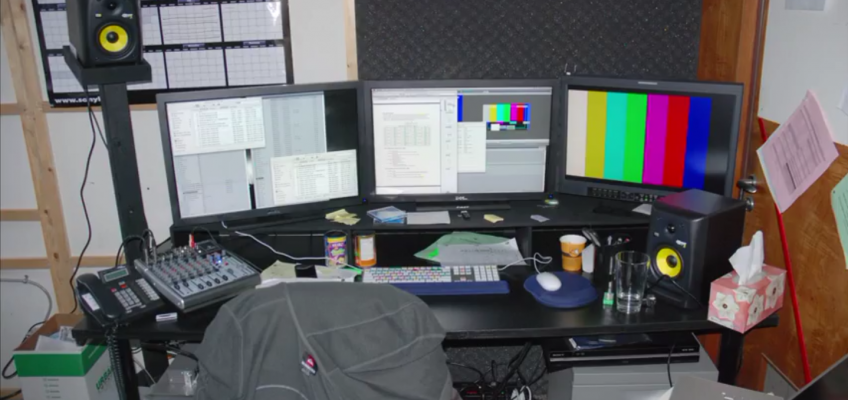


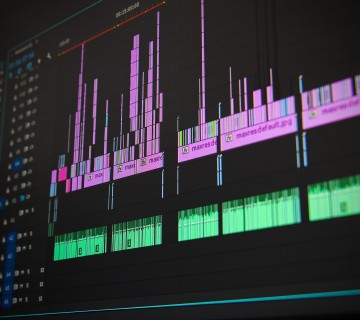
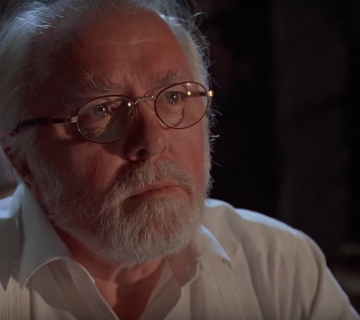
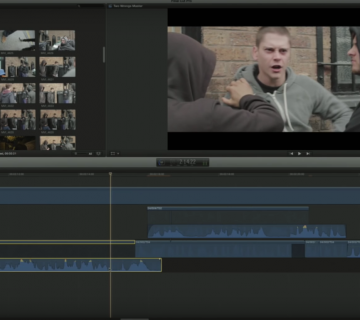
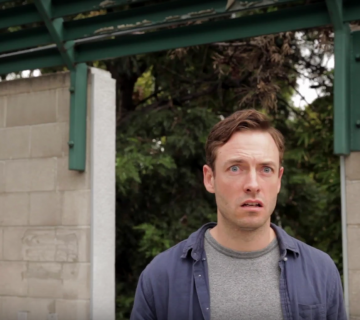

Join the Conversation →